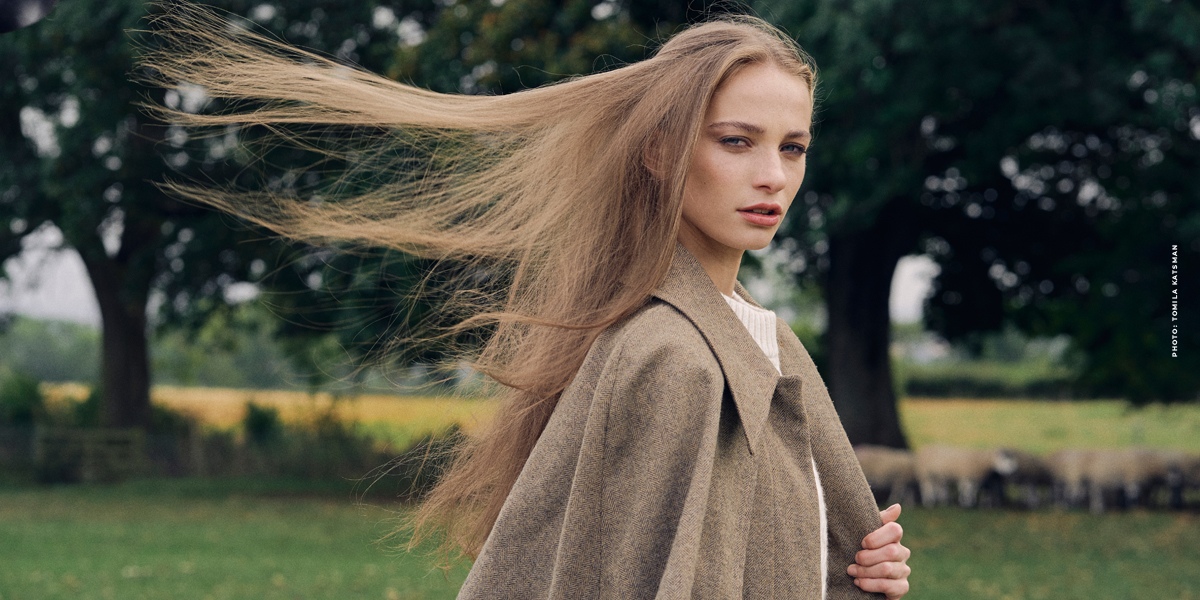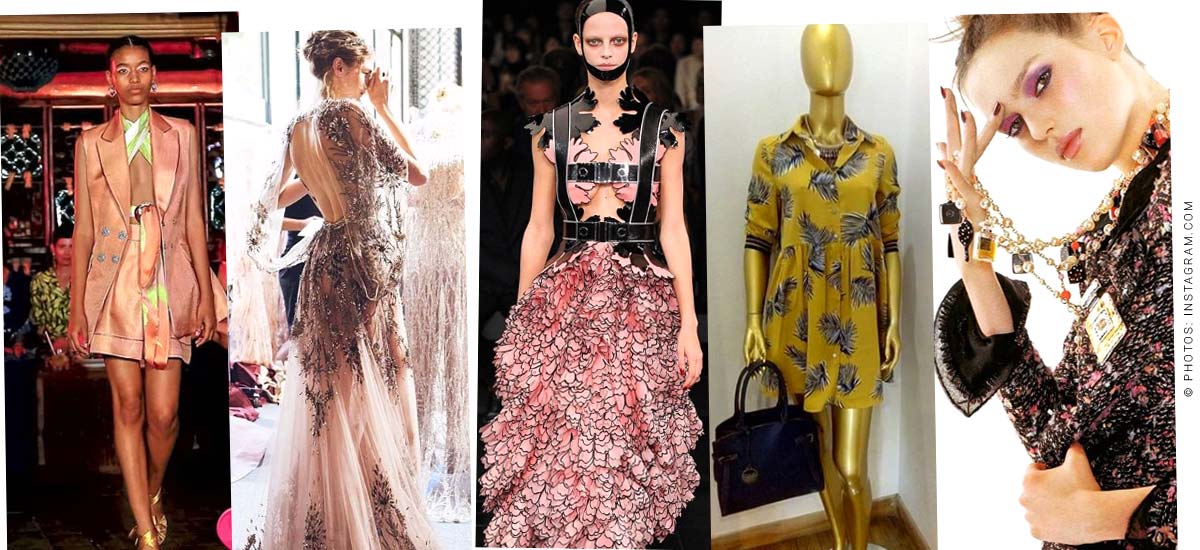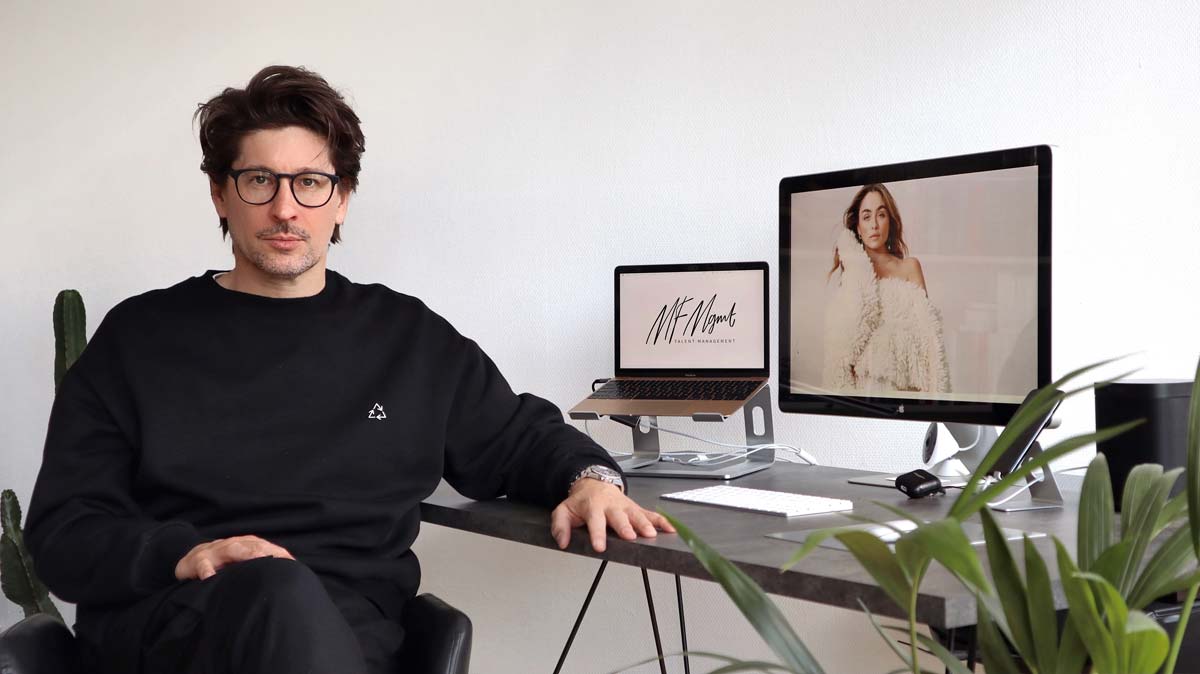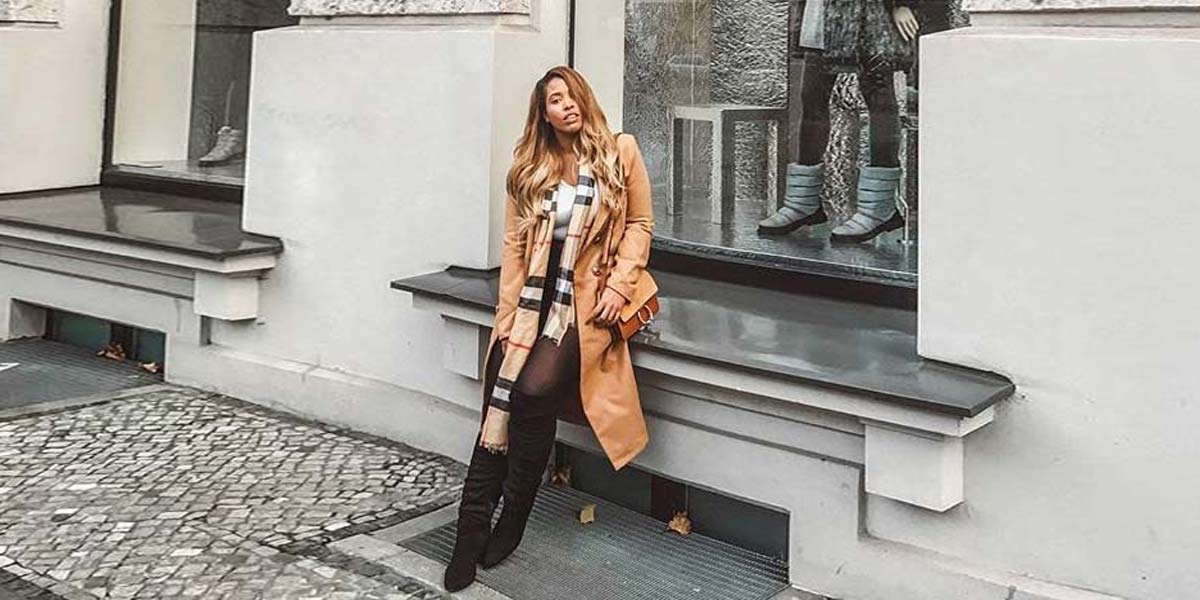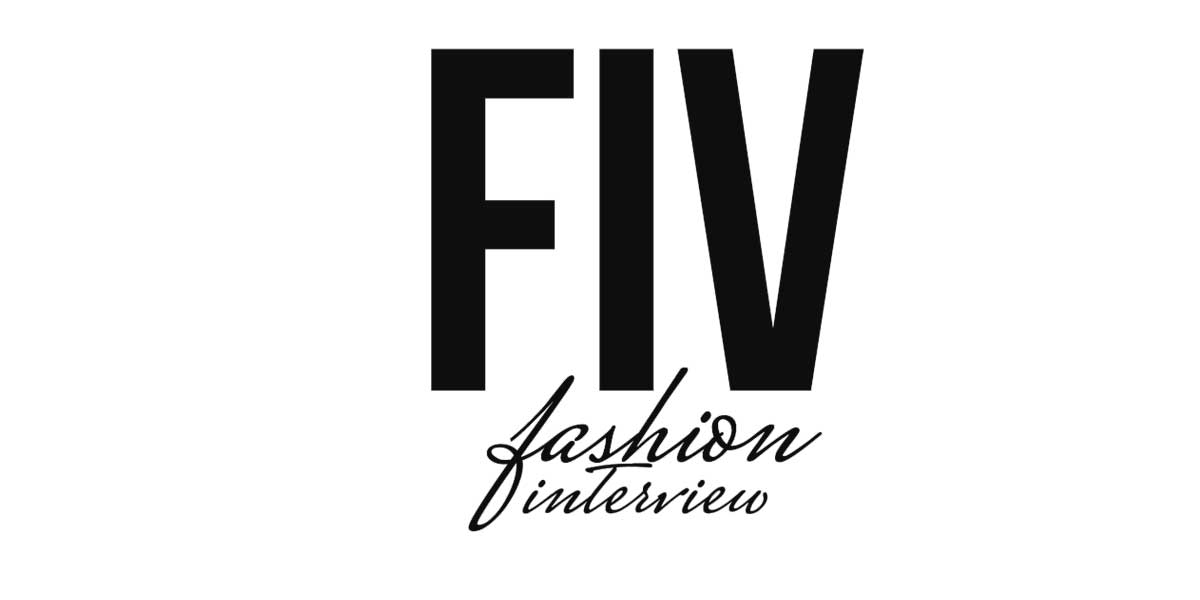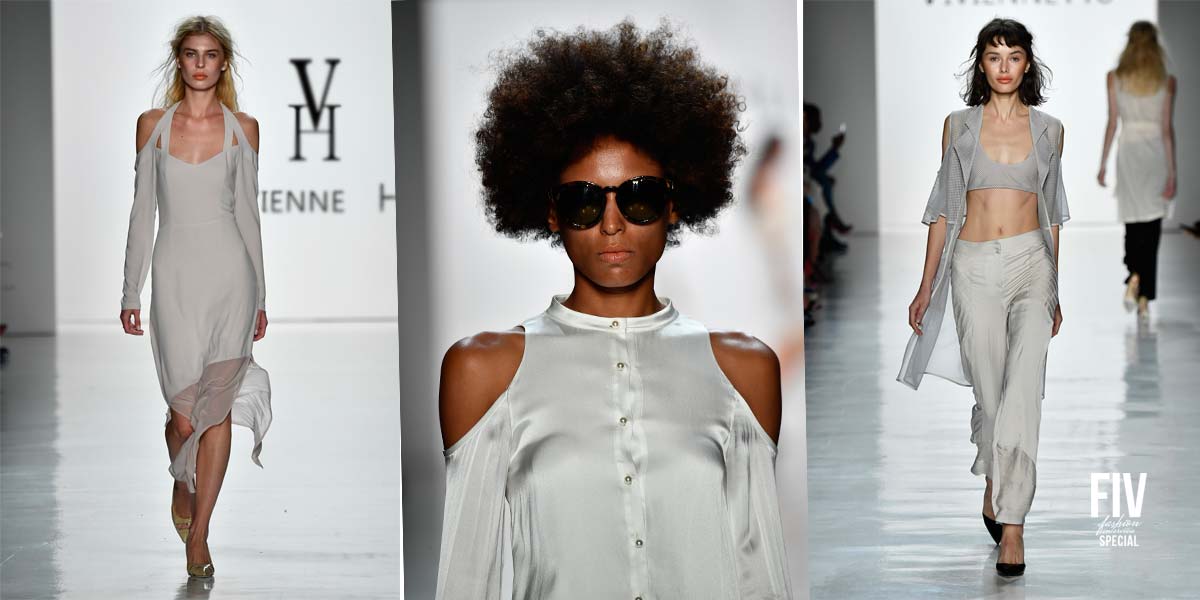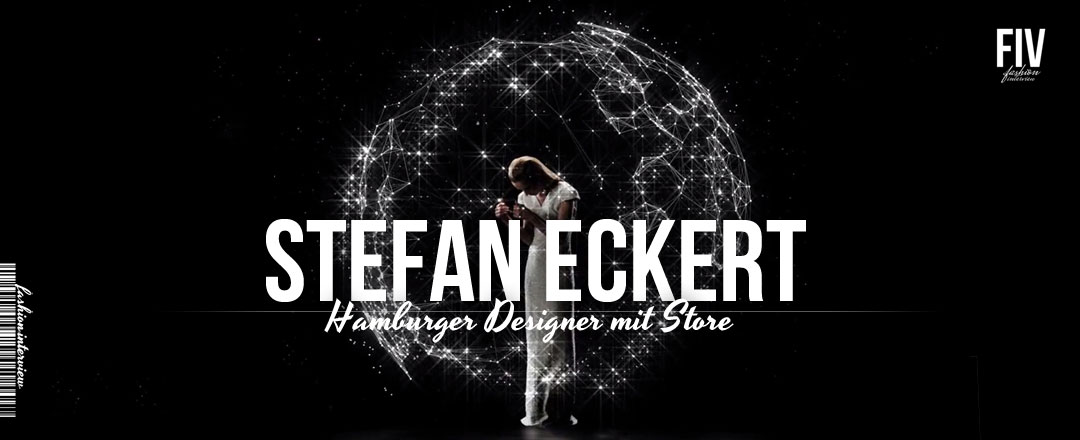Fashion – The versatile industry with numerous opportunities
Fashion is something we deal with every day. Even people who say they don’t care what they wear choose clothes every morning that say a lot about them and how they feel that day. For many people, fashion is much more than clothes, but a philosophy and a way of life. Nowadays, there are more and more opportunities to turn your vocation into a profession. Which professions and courses of study are suitable for fashion enthusiasts is worth a closer look. The reasons that speak for a professional future in the field should also be brought to mind.
Fashion Management – the combination of fashion and business administration
Fashion management studies are a way to gain a foothold in the fashion sector and even turn your passion into an attractive income. During the course of study, students not only acquire a sound knowledge of the production as well as finishing of materials. Students examine technical and digital trends, build knowledge of marketing measures, learn the basics of business administration and receive a wealth of information on fashion technologies.
One sure thing in the fashion world is change. We are constantly bombarded with new fashion ideas from music, videos, books and television. Movies also have a big impact on what people wear. Fashion is big business. More people are involved in the buying, selling and production of clothing than in any other industry in the world. The degree enables students to translate knowledge of fashion trends and design into management concepts and get a piece of the sales pie.
With a bachelor’s degree in fashion management, nothing stands in the way of a career in the national and international fashion business. Graduates are hired by fashion agencies as well as publishing houses, TV stations and fashion companies.
That’s what makes the Fashion Management degree program so special:
- Learning how to manufacture and refine materials
- Investigate technical and digital trends
- Knowledge of marketing measures
- Fundamentals of business administration
- Development of marketing concepts
- Bachelor degree
Fashion designer – a creative engine in the fashion industry
As a fashion designer, you research current fashion trends, predict what will be popular with consumers, and draw inspiration from the world around you to create fresh and original designs. You’ll decide on fabrics, colors and patterns, create sample designs and adjust them until you’re satisfied with the final product.
The main areas of work for fashion designers are high street fashion, ready-to-wear and haute couture. High street fashion is where most designers work. Here, garments are mass-produced and made for the masses. Buying patterns, seasonal trends and influences from celebrities on the catwalk play a key role. It is a commercial and highly media-driven sector. Ready-to-wear involves creating ready-to-wear collections that are produced in relatively small numbers. Haute couture requires a large amount of time to produce one-off pieces for the runway. Designs usually support the brand and create a “look.”
Common tasks of a fashion designer include visualizing an idea, creating designs and mood boards, planning and developing assortments based on a specific theme, and presenting designs at fashion as well as other trade shows.
The work environment varies from company to company, from a modern, purpose-built office to a small design studio. Freelance designers may work from home or in a rented studio. Fashion design is a very competitive industry and usually requires a degree in a subject that teaches both technical and design skills.
That’s what makes the fashion design program so special:
- Research and forecast of current trends
- Create new designs
- Main areas of work: High street fashion, ready-to-wear and haute couture
- Plan and develop assortments and collections

Textile designer – important basic work for fashion
Textile designers create two-dimensional designs used in the production of knitted, woven, and printed fabrics or textile products. They work in both industrial and non-industrial locations and often specialize or work in a specific context within the textile industry.
The daily tasks of a textile designer include making sketches, designs and samples for presentation to customers, working out design formulas for a group of samples, developing new design concepts and sourcing fabrics and other materials at trade shows as well as markets.
Relevant work experience, whether through vacation work or college internships, is almost essential for entry into this industry. Typical employers include manufacturing and processing companies that produce clothing, home textiles and other textile products, large fashion and clothing retailers, and design studios.
That’s what makes the textile design program so special:
- Creating two-dimensional designs for textiles
- Making sketches, designs and samples
- Elaboration of construction formulas for a group of patterns
- Development of new design concepts
What speaks for a job in fashion
Numerous other professions can be found in the fashion industry. These include garment engineer, fashion seamstress, pattern director and garment technician. While some professions require a degree, other jobs build on an apprenticeship.
When you consider what fashion is and how it moves people, the reasons for pursuing a career in fashion become clear. International fashion editor Cynthia Durcanin describes fashion as a state of mind. A spirit, an extension of one’s self. It can be a subtle whisper, an energetic shout, or an all-knowing wink and smile. Fashion is all about feeling comfortable with yourself and translating your self-esteem into a personal style. Fashion gives people the opportunity to try out many different roles and explore themselves in this way.
As soon as a profession is taken up that helps shape or even redefine fashion, people are helped along with additional opportunities. The space for new self-development is expanded. More can be moved than a piece of fabric or leather would suggest.
This speaks for itself:
- Industry with a future
- Space for new self-development
- Gives people the opportunity to try out new roles
Fashion Videos: Management and Design
The presentation of the three study programs has aroused your interest? Here you will find videos that give you an insight into the fashion business. Whether it’s sewing, tailoring, designing or managing – here you’ll find out everything you need to know about entering the world of fashion.
Fashion and design management
How does a video of fashion and design management actually work? Here you can find out first-hand what qualifications you need to have as a prospective fashion manager and what you will encounter during your studies.
6 facts about the job fashion designer
Here you can learn six exciting facts about your dream job that will prepare you for life after graduation. So you can better decide whether your dream will live on after graduation. Find out first-hand what the real work of a fashion designer looks like in everyday working life.
The day of a fashion student
Here as a little extra, the day of a fashion student. Experience the everyday life of this student up close and accompany her to the workplace at the university. Interesting steps in the design process, such as sewing, tailoring or drawing you can watch here and get an impression of student life.

